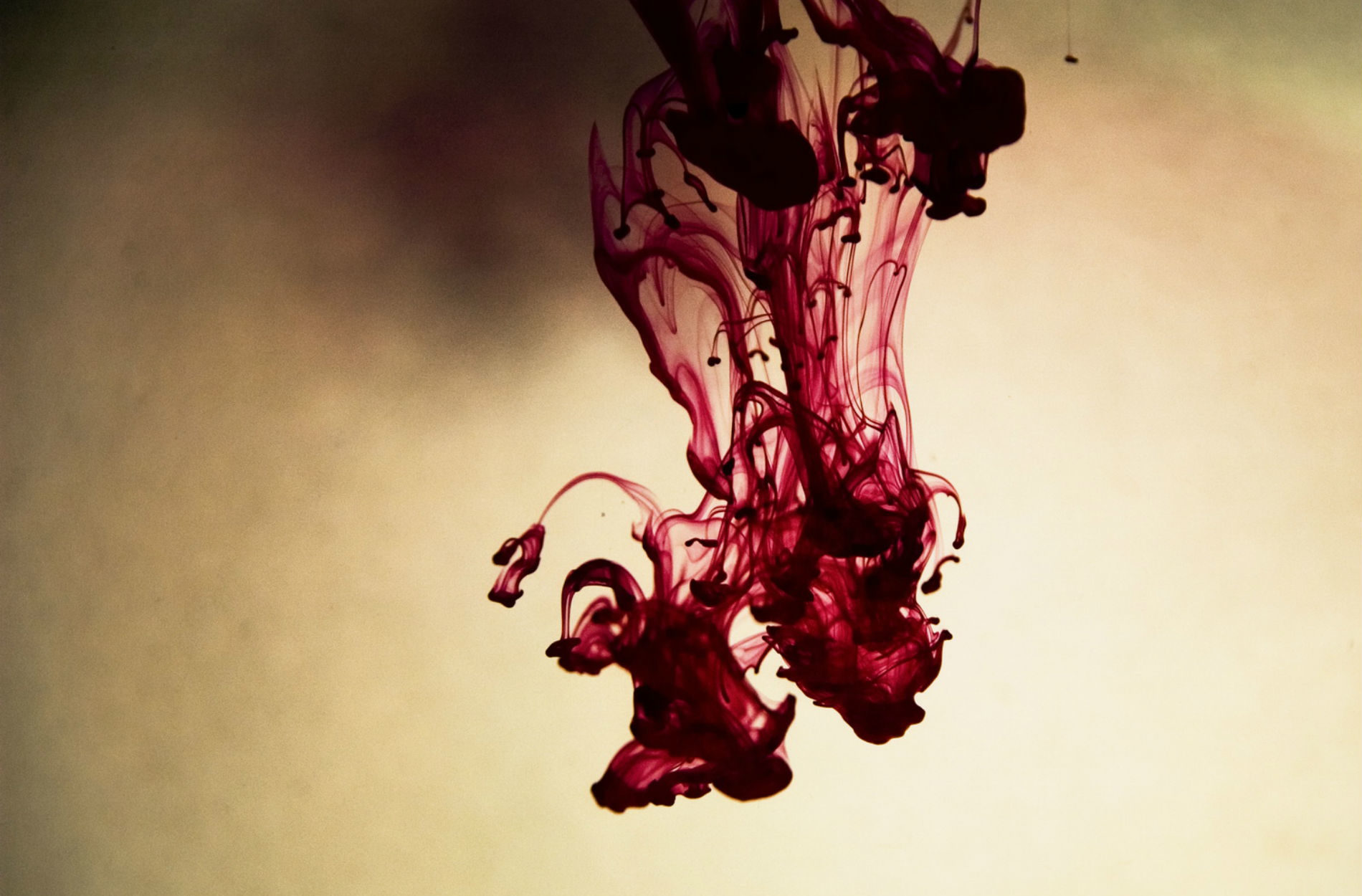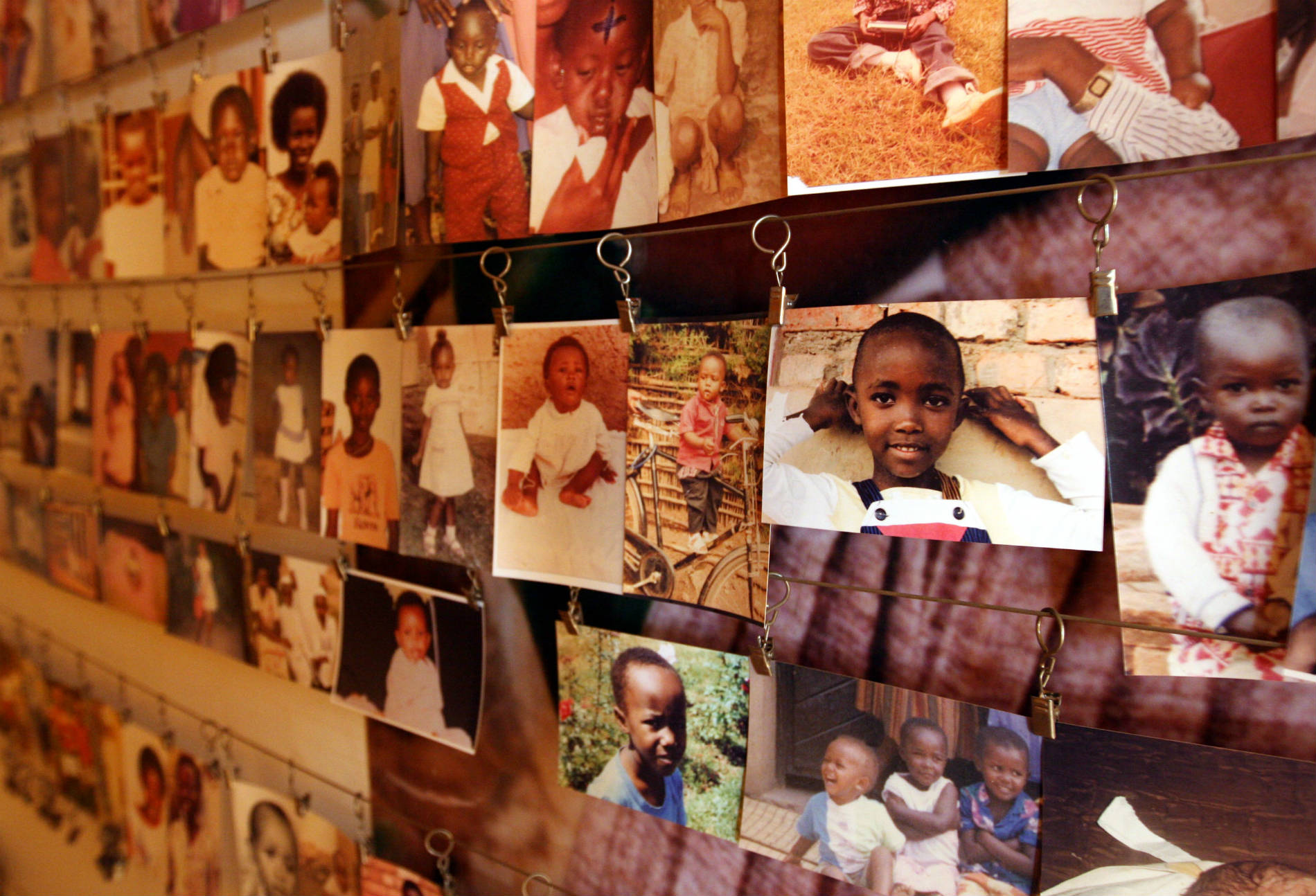For obvious reasons, I often put down a book once it has been finished, take a deep breath after slowing nearly to a halt on the final page, and think: why? What, for the writer, had been the point of it? In some cases, to speak of inspiration sounds like too much of a luxury, for occasionally a book – or a film, a play – appears not to emerge out of such a moment of epiphany, but out of a deep sense of need.
Sometimes, the very question – what is the point of it? – feels like it lies at the very crux of the book itself. When reading David Belton’s When the Hills Ask for Your Blood (2014), one gets the feeling the self-same question is at the forefront of its writer’s mind.
Belton had witnessed the Rwandan genocide first-hand as a correspondent in 1994. He returned nearly a decade later to produce Shooting Dogs, a film that recounts the massacre of two thousand people at the École Technique Officielle in Kigali during the conflict. Writing of this visit in the book, Belton describes an evening spent in Goma, a city at the Congolese border with Rwanda, and a site at which countless Rwandans had years before been forced across from their homeland. As he watches the sunset, the author writes: ‘There was nothing, I told myself then, that was forcing me to make this return journey. Nothing, either, that suggested it would make any difference.’ Nor is there any indication, for that matter, that it ever could make a lasting difference.
But somehow a return seems obligatory. (Does it not always? I recall that not so long ago a young footballer – who, completely coincidentally, was an escapee from Congo in 1994 – and who had suffered a cardiac arrest during a game and nearly died, later returned to the scene of his collapse before television cameras and a live crowd, wandered across the pitch to the very spot, paused for a moment to look and then simply turned and walked away. The ghosts of the past had seemingly, for then at least, been exorcised.) That Belton’s book is divided into three sections, though, seems particularly poignant. The event, the return and the second return. Indeed, When the Hills documents the author’s most recent visit to Rwanda between 2012 and 2013, and it is through this lens of two decades’ abstraction from the atrocity that he duly writes.
From this vantage point, Belton pens the book with commendable lucidity. The three perspectives that comprise the first section might well have had a writer with fewer scruples excited by the nature of the stories that had come his way. There is Vjeko Curic, a Catholic pastor whose increasingly courageous (some might call it reckless) navigation of roadblocks and border posts at the height of the killings make him the sort of unlikely hero Hollywood actors would queue up in swarms to play. There is Jean-Pierre, who spends an ungodly amount of time silently hidden in a hole beneath a manhole cover while violence rampages above him (and who, parenthetically, went on to work with Belton on Shooting Dogs). And there is, finally, Jean-Pierre’s wife, Odette, who drifts phantom-like across the Rwandan landscape with her children in tow as soldiers and militiamen from both sides lurk everywhere. ‘Their weary plod had left no impression on the land,’ Belton writes, ‘and as the earth ground its way into their clothes, bleaching the patterns, softening the cotton until it frayed, their identity had slowly drained away as well.’
Thereafter comes the story of Belton’s return to Rwanda a decade later, where he finds, as one might expect, open wounds not yet healed. Jean-Pierre had for a time picked up work easily, ‘carting dumbfounded foreigners from massacre sights to press conferences’. There is, the author writes, ‘endless talk of “Ninety Four” from journalists fresh to the country.’ Curic, we learn, is now dead, assassinated in his car by the roadside, his reputation during the genocide giving him a prominent position in the years afterwards – and ultimately marking him out as a target.
But for any reader with an understanding of the country’s long-term recovery, the final part of the triad is particularly compelling. Belton finds a population by 2012 understandably still coming to terms with the rigours of the past, a people who under the instruction of President Paul Kagame have all but been sworn to silence about it. Talk of ethnicity has been outlawed. It is simple: Rwandans are Rwandans, not Tutsi, not Hutu. Not anymore. The writer recounts an anecdote in which an obstinate band of Hutu militia, a couple of years after 1994, burst into a school and demand that the pupils separate themselves into ethnic groups. ‘The students refused,’ we are told, ‘telling the intruders that they were Rwandans. So the men killed them.’
What stands out most here – as it does throughout – is Belton’s tone, which seems ever unflustered, always reverent and thoughtful. ‘No one really knows what those dead children thought,’ he writes. ‘Perhaps they did feel Rwandan, or perhaps they had obediently said what they had been taught to say.’
It has hardly seemed worth recounting the full details of the conflict here. Not because what happened during those three months of 1994 is unknown, but because events like it – events that speak of such unconscionable numbers of casualties and harrowing accounts – risk becoming neat blots on the pages of history.
It is a sentiment seemingly shared by Belton, who includes the authorised facts of the genocide as something of a reluctant afterthought in a bullet-pointed author’s note. Ancient ethnic tensions. Tutsi. Hutu. Belgian colonisation, 1919. President Habyarimana (Hutu) assassinated, 1994. Hutu retaliation. 800,000 dead. One in ten people. Three months. The rest of the book is less concerned with providing a sweeping, authoritative account of the conflict at large than it is with pondering these personal accounts – tiny fragments in the grand scheme of things – of life among such an accumulation of death.
In this sense, Belton’s account does more than just re-hatch the atrocities of the conflict, which are particularly gruesome, to say the least. While gunshots rang out deafeningly across Kigali and the rest of country in those three months of intense fighting, so many of the deaths were registered with loose swipes of blunt machetes and clubs. There is no way of avoiding the details. But while this might be the case, the book leaves one not scarred most by the images of bodies slung like droppings over the landscape or new born babies swung by their ankles into brick walls – details which, frightfully, do not exaggerate things at all – but by the description of the sobering, pregnant calm that came afterwards. And that by all accounts still remains.
At the book’s end, Belton and Jean-Pierre stand at the site on which the latter will build a new house. That he is standing at all – and with Odette and their now four children all in good health – should feel like a moment of victory. And does, but only to a certain extent. As a group of men approach them cautiously, asking if the building of the house might bring work opportunities for them, Jean-Pierre notes: ‘Can you imagine … ten years ago I would not have built here, I would not have felt safe. But now it’s fine.’ ‘Are you sure?’ Belton replies. ‘These people – well, who knows what they were doing in ninety-four.’ ‘You can never be sure, can you?’ comes the response.
The lush valley in which the two men stand talking, which had felt so peaceful until then, begins to feel oppressive, and the title of the book appears suddenly to sound like a realistic threat.
Once, teaching a not unsubstantial selection of war poetry to a class of school-age students, I was taken aback by a set of essays that they had written individually and placed on my desk. The vast majority had chosen, from a set of a dozen or more questions, to write about the same poem: Owen Sheers’s ‘Mametz Wood’.
For years afterwards the farmers found them
the wasted young, turning up under their plough blades
as they tended the land back into itself.
A chit of bone, the china plate of a shoulder blade,
the relic of a finger, the blown
and broken bird’s egg of a skull,
all mimicked now in flint, breaking blue in white
across this field where they were told to walk, not run,
towards the wood and its nesting machine guns.
Marking the essays, reading sentences clumsily expressed but clear in sentiment, I lay a finger on what it had been that had first captivated the students. For them, it seemed, there was something striking about the idea of war’s relics unearthed so mundanely after the event. Not the barbarity of combat itself, but the unremarkable retrieval of its residue later. The discomforting thought of a white skull kicked up by a school shoe. A fragment of bone discovered against the backdrop of gentle birdsong, not gunfire.
For all that is perturbing about the vision of a body struck down, either under fire or at the sharp edge of a machete, we might console ourselves at the thought that the horror has now passed. On the contrary, the horror contained in the memory of the event lives on in perpetuity, the downward press of our feet always met by memory pushing up to meet our tread from below. It is a contest that does not cease. And so, as I put Belton’s book down and asked the perfunctory question – what had been the point? – I was struck by the thought that Belton’s second professional return would lead only to a third, a fourth; that the young footballer would probably do likewise and revisit over and over the spot on the earth from where memory pushes upwards; that to return is to return is to return is to return.
Photo by Peter Almay

